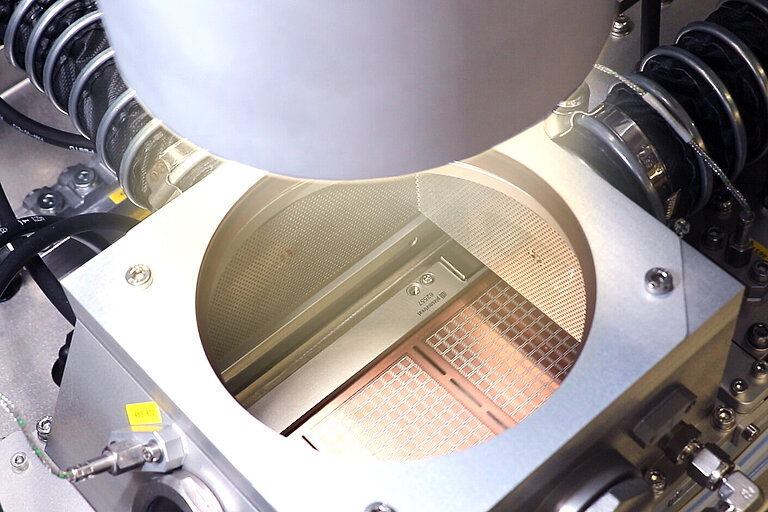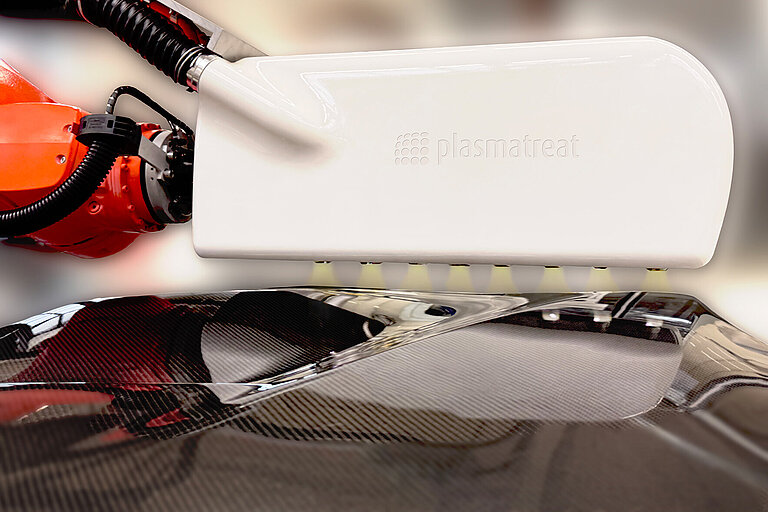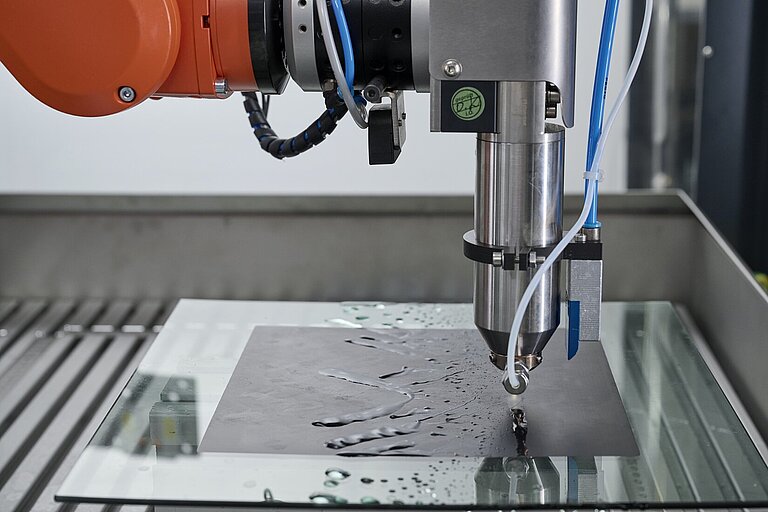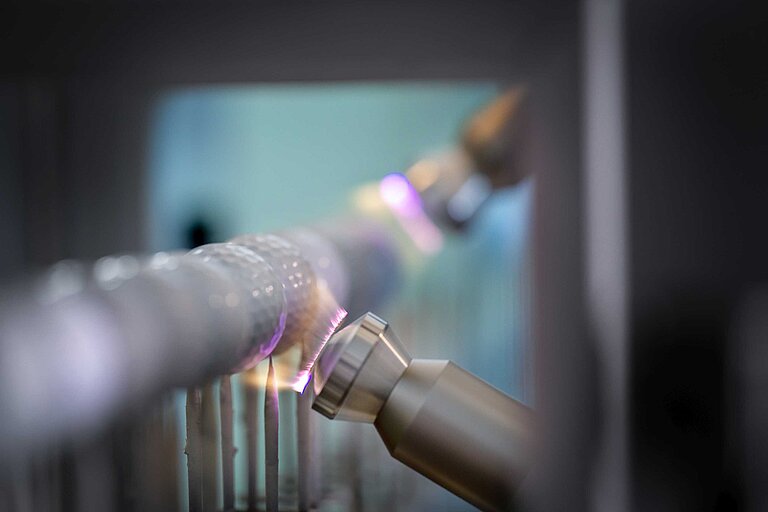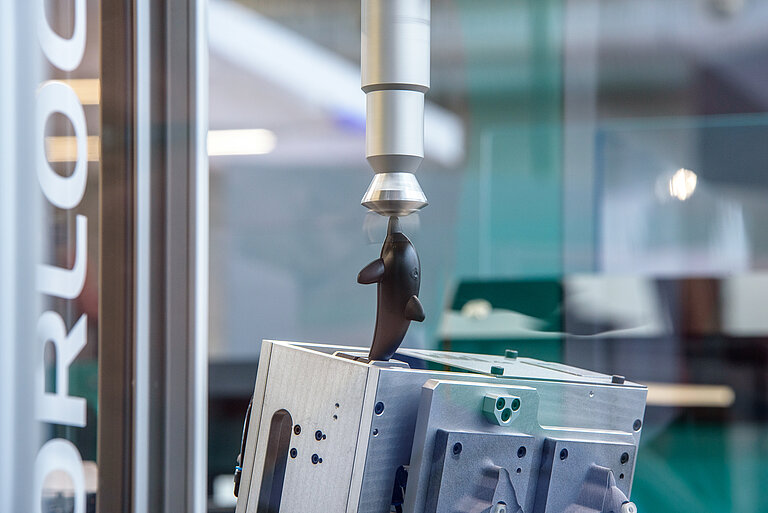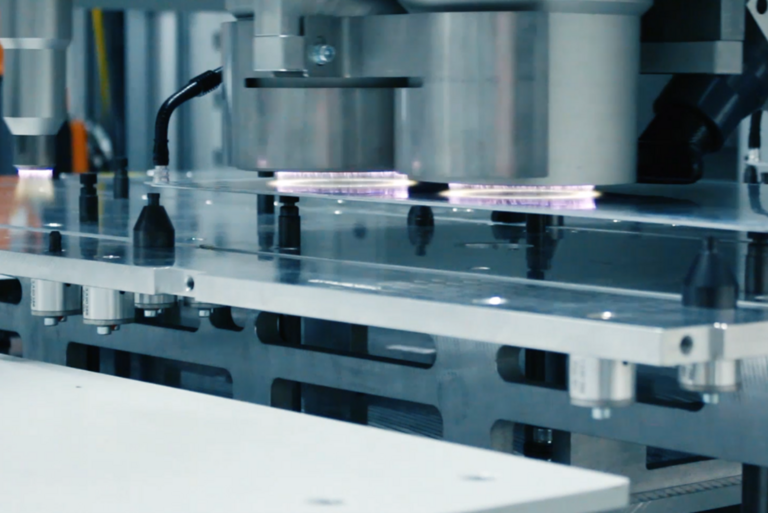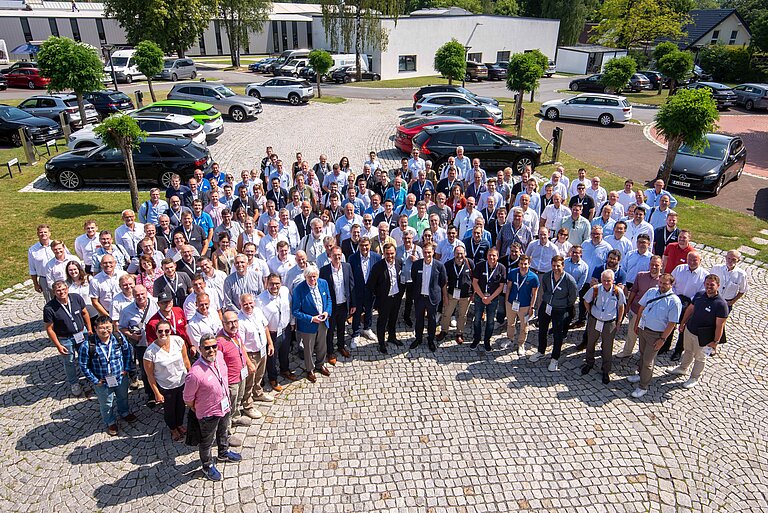-
Plasmatreat Iberia S.L.
-
Plasmatreat Iberia S.L. Vista general
- Plasmatreat Iberia S.L.
- Equipo comercial
- Póngase en contacto con nosotros
-
-
¿Qué es el plasma?
-
¿Qué es el plasma? Vista general
- Qué es el plasma
- Tratamiento superficial con plasma
- Tipos de plasma
- Capacidad del plasma
- Determinación de superficies
- Preguntas frecuentes
-
-
Soluciones industriales
-
Soluciones industriales Vista general
- Soluciones industriales
-
Procesos
-
Procesos Vista general
- Procesos
- Unión
- Impresión
- Pintura
- Inyección y moldeo de dos componentes
-
- Automoción
-
Electrónica
-
Electrónica Vista general
- Electrónica
- Teléfonos Móviles
- Fabricación de PCB
-
Montaje de placas de circuito impreso
-
Montaje de placas de circuito impreso Vista general
- Recubrimiento conformado
-
- Led
- Pantallas
- Componentes electrónicos flexibles
- Fabricación de semiconductores
- Módulos de potencia
-
-
Ciencias de la vida
-
Ciencias de la vida Vista general
- Ciencias de la vida
-
Tecnología médica
-
Tecnología médica Vista general
- Tecnología médica
- Fabricación de jeringas
-
- Química y Bioquímica
- Medicina del plasma
- Desinfección médica
-
-
Energías renovables
-
Energías renovables Vista general
- Energías renovables
- Tecnología solar
- Energía eólica
- Eficiencia energética
-
-
Bienes de consumo
-
Bienes de consumo Vista general
- Bienes de consumo
- Muebles
- Electrodomésticos
- Juguetes para niños
- Artículos deportivos
- Gafas y lentillas
-
-
Envasado
-
Envasado Vista general
- Embalaje
- Envases de plástico
- Papel y cartón
- Envases de vidrio y metal
-
-
Productos textiles
-
Productos textiles Vista general
- Productos textiles
- Acabado de hilo (Yarn)
- Telas y Técnicas no-tejidas (Nonwovens)
- Tejidos funcionalizados
- Tejidos de refuerzo
-
-
Transporte
-
Transporte Vista general
- Transporte
- Aviación
- Construcción naval
- Camiones y remolques y autocaravanas
- Dos ruedas y Motos
-
-
-
Tecnología
-
Tecnología Vista general
- Technology
- Activación superficial
- Limpieza con plasma
- Reducción de plasma
-
Recubrimiento con plasma
-
Recubrimiento con plasma Vista general
- Recubrimiento con plasma
- AntiCorr®
- PT-Print
- PT-Bond
- Recubrimiento funcional
- Plasma-SealTight®
-
- InMould-Plasma®
-
Adhesión por plasma
-
Adhesión por plasma Vista general
- Adhesión al metal
-
-
-
Productos y servicios
-
Productos y servicios Vista general
- Products and Services
-
Plasma Systems
-
Plasma Systems Vista general
- Products
- Control de procesos con Openair-Plasma®
- Sistemas Openair-Plasma®
-
Generadores de plasma Openair®
-
Generadores de plasma Openair® Vista general
- Generadores de plasma Openair®
- Generador Openair-Plasma® FG5001
- Generador digital FG5001S para pretratamiento con plasma
- Generadores de plasma FG5002 y FG5005
- Generadores FG5002S y FG5005S
-
-
Toberas de Openair-Plasma®
-
Toberas de Openair-Plasma® Vista general
- Toberas de Openair-Plasma®
- Toberas estáticas PFW10 y PFW20
- Toberas estáticas PFW70 y PFW100
- Tobera rotativa RD1004
- Tobera rotativa RD2004
- Tobera rotativa RD2005
- Tobera rotativa RD1010
-
-
Sistemas de plasma a baja presión
-
Sistemas de plasma a baja presión Vista general
- Sistemas de plasma de baja presión
- Aurora Standard
- Aurora Plus
- Aurora LC
-
-
Servicios para la determinación de superficies
-
Servicios para la determinación de superficies Vista general
- Products for Surface Determination
- Tintas de prueba Plasmatreat: medición de la energía superficial
- Pedido en línea de tintas de prueba
- AntiCorr® Líquidos de prueba pedido online
- Medición del ángulo de contacto: el analizador portátil de superficies (MSA)
-
-
-
Servicio y asistencia
-
Servicio y asistencia Vista general
- Service & Support
- Servicio posventa en todo el mundo
-
Soporte
-
Soporte Vista general
- Alquile un sistema
- Book a Demo
-
-
-
-
Academia Plasmatreat
-
Academia Plasmatreat Vista general
- Plasmatreat Academy
- Equipo
- Misión y visión
- Instalaciones y equipos
-
PlasmaTalks en línea
-
PlasmaTalks en línea Vista general
- PlasmaTalks en línea
- Archivo de PlasmaTalks
-
- Seminarios, cursos formativos y eventos
-
-
Sostenibilidad e innovación
-
Sostenibilidad e innovación Vista general
- Sustainability and Innovation
- Innovaciones y premios
- Investigación y Desarrollo
- Socios
-
-
Red mundial
-
Red mundial Vista general
- Nuestra red global
- Asia-Pacífico
- Austria
- Benelux
- China
- Francia
-
Alemania
-
Alemania Vista general
- Equipo de ventas en Alemania
-
- Iberia
- Italia
- Japón
- Corea
-
México
-
México Vista general
- Mexico
- Nuestro equipo local
- Nuestra oficina
-
- Nórdico
-
América del Norte
-
América del Norte Vista general
- Plasmatreat North America (copy 1)
- Equipo de ventas
- Nuestras oficinas
- Investigación y desarrollo de futuro
- Plasma como un servicio
-
- Suiza
- Turquía
- Reino Unido
-
-
Quiénes somos
-
Quiénes somos Vista general
- Quienes somos
- Empresa familiar
- Nuestros logros
- Nuestra misión
-
-
Noticias y reportajes
-
Noticias y reportajes Vista general
- Noticias y reportajes
- Noticias y prensa
- Nuestros éxitos
- Ferias y eventos
-

